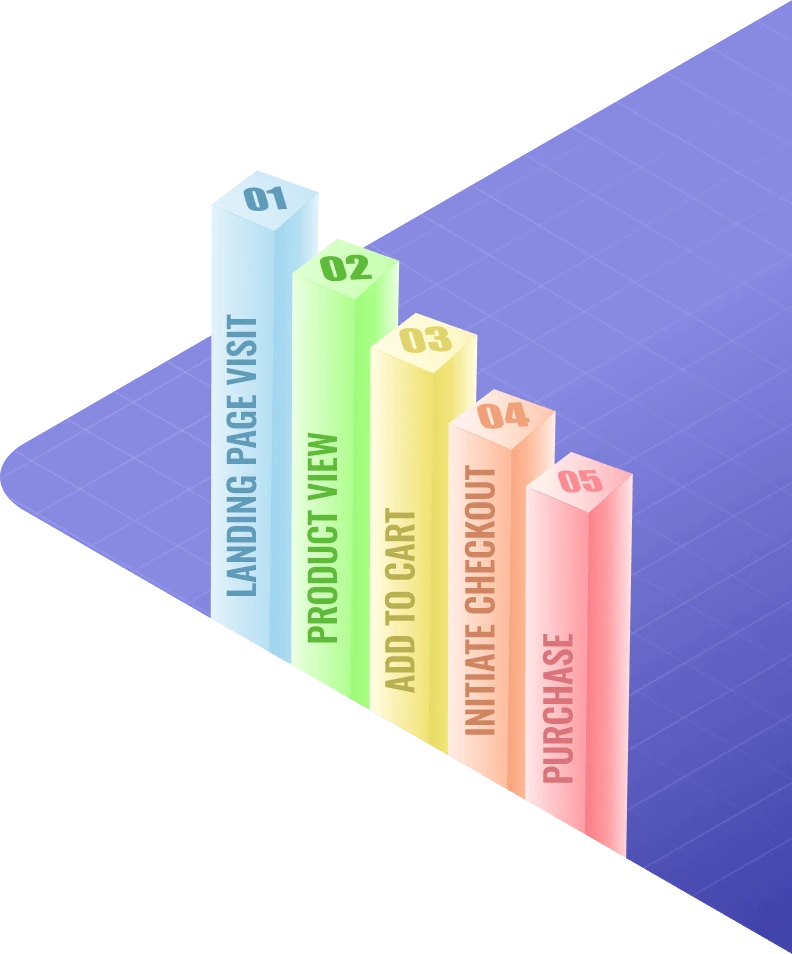For small business owners and tech enthusiasts, the allure of geofencing technology lies in its promise to be as precise as a judo champion’s throw. But how accurate is geofencing? Is it worth adding to your strategy for mobile marketing in Florida? Journey with us as we explore the intricate world of geospatial battlegrounds and what it truly means for your business or tech project.
Laying the Foundation of Geofencing Accuracy
Geofencing accuracy is multifaceted, with a web of factors influencing its precision. Picture geofencing as a maze of invisible lines drawn within your physical surroundings. The accuracy lies in where these lines are established and how confining or expansive they are. GPS accuracy is a vital piece of the puzzle, dependent on the coordination of satellites, favorable atmospheric conditions, and advanced signal processing.
You’ve got your GPS, but there’s also enhanced technologies like RFID, Wi-Fi, and Bluetooth Low Energy (BLE). Like an orchestra, when each technology plays in sync, the results can be spellbindingly precise. But when one instrument is off-key, your geofencing concert might fall flat.
The Golden Horizon of Precise Geofencing
What is geofencing? Why does accuracy matter? Imagine shooting an arrow without knowing where the target is. Accurate geofencing means businesses, large or small, can now target customers with unprecedented precision. It’s the difference between casting a wide net and spearfishing.
Highly accurate geofencing enhances marketing by delivering bespoke offers right when a customer is most likely to buy. It also power-ups customer engagement, allowing for dynamic content delivery that adapts to a user’s physical movements. The bottom line for businesses is ROI — a well-placed geofence can convert foot traffic into sales, making marketing spend more efficient and effective.
But what’s a golden horizon without the pebbles that could trip you up? Challenges and limitations in geofencing are like warning signs along the accuracy highway.
You Can’t Fence the Wind: Navigating Limitations
Imagine the accuracy of geofencing as a delicate dance with technology and environment. It’s easy for unexpected guests, like signal interference, to bust through the door and trip the geofencing mechanism. Problems can also arise from the digital footsteps of other apps on a user’s device, which might inadvertently lead them astray.
Battery life on mobile devices is precious, and geofencing can be a demanding app, potentially leeching power. Privacy concerns are the guardrails of this accuracy highway, with the potential for geofencing to intrude on personal spaces. The call for vigilance, regulatory compliance, and ethical usage will be paramount in establishing trust and safety in a world of precision targeting.
Geofencing is an invaluable tool in the modern business arsenal, and it wields considerable power when it comes to precision marketing. However, just like any technology, its accuracy is not infallible. It’s up to businesses and tech developers to wield this power responsibly, understanding its benefits while navigating the potential pitfalls. With a deft touch and an informed approach, accurate geofencing can be the difference between hitting the target and missing it altogether.


